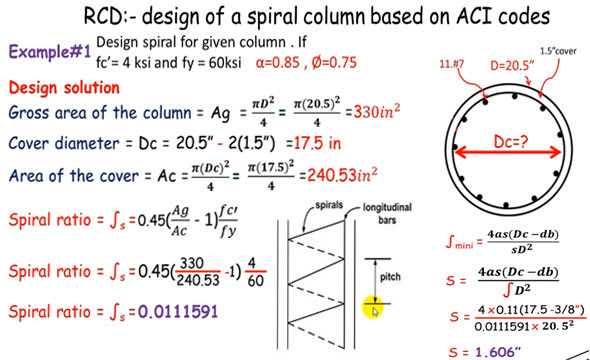Hi,
I need a quick thought on this design approach.
In the current AASHTO 8th Edition, the formula for calculating minimum transverse steel and for calculating member shear capacity due to transverse steel depends upon the value Av or Area of Transverse Steel. What is the appropriate value to use here for Spirals? Here are some choices... 2 * A, pi/2 * A or just A. Where A is the area of a single hoop bar.
Thanks!
I need a quick thought on this design approach.
In the current AASHTO 8th Edition, the formula for calculating minimum transverse steel and for calculating member shear capacity due to transverse steel depends upon the value Av or Area of Transverse Steel. What is the appropriate value to use here for Spirals? Here are some choices... 2 * A, pi/2 * A or just A. Where A is the area of a single hoop bar.
Thanks!

